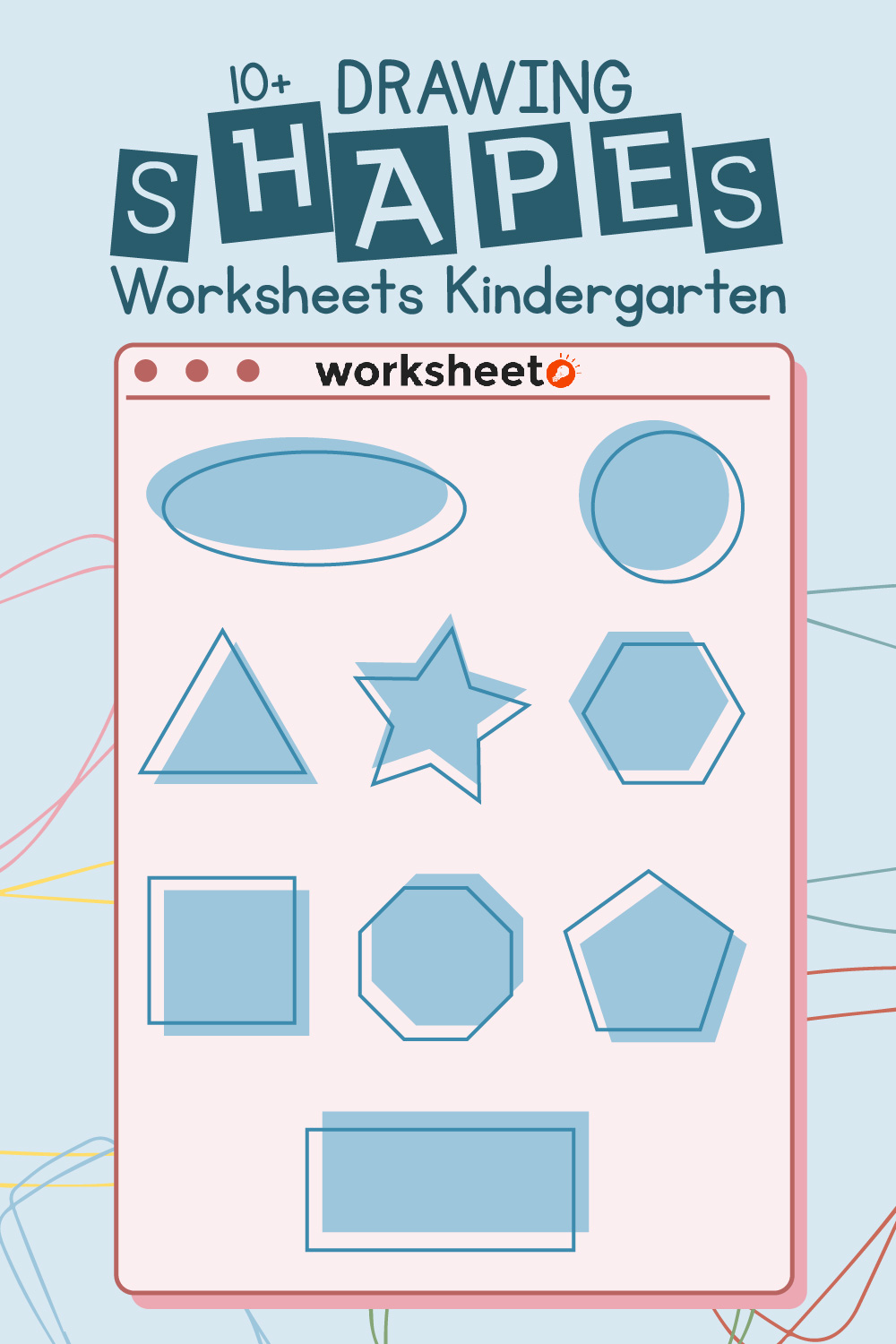Area Compound Shapes Worksheet
If you're searching for a comprehensive resource that will help your students master the topic of area and compound shapes, you've come to the right place. This worksheet is designed to provide essential practice and reinforcement for learners in middle school or high school who are looking to strengthen their understanding of calculating the area of various irregular shapes.
Table of Images 👆
More Shape Worksheets
Color and Shape Review WorksheetsDrawing Shapes Worksheets
Nets of Shapes Worksheet
Sail Boat Printable Shapes Worksheets
Drawing Shapes Worksheets Kindergarten
Plane Shapes Worksheets for Kindergarten
3D Shapes Worksheets Printables Kindergarten
Preschool Cut and Paste Shape Worksheets
Regular Polygon Shapes Worksheet
Preschool Shape Recognition Worksheets
What is the total area of a rectangle with length 5 cm and width 8 cm?
The total area of a rectangle with length 5 cm and width 8 cm is 40 square centimeters. This is calculated by multiplying the length (5 cm) by the width (8 cm) which gives us 40 square centimeters.
Find the area of a triangle with a base of 6 meters and a height of 9 meters.
To find the area of a triangle, you can use the formula: Area = 1/2 * base * height. Plugging in the values given, the area of the triangle with a base of 6 meters and a height of 9 meters would be: 1/2 * 6 * 9 = 27 square meters.
Calculate the area of a parallelogram with a base of 10 inches and a height of 4 inches.
To calculate the area of a parallelogram, you multiply the base by the height. In this case, the base is 10 inches and the height is 4 inches. Therefore, the area of the parallelogram is 10 inches * 4 inches = 40 square inches.
Determine the area of a trapezoid with bases measuring 4 cm and 6 cm, and a height of 3 cm.
To determine the area of a trapezoid, you use the formula: Area = 1/2 * (base1 + base2) * height. Plugging in the values, with base1 = 4 cm, base2 = 6 cm, and height = 3 cm, the calculation would be: Area = 1/2 * (4 + 6) * 3 = 1/2 * 10 * 3 = 15 cm². Therefore, the area of the trapezoid is 15 square centimeters.
Find the total area of a circle with a radius of 5 meters.
The total area of a circle with a radius of 5 meters is 78.54 square meters, calculated using the formula A = πr^2, where A is the area and r is the radius.
Calculate the area of a square with sides measuring 7 centimeters.
To calculate the area of a square, you multiply the length of one side by itself. In this case, with sides measuring 7 centimeters, the area of the square would be 7 cm x 7 cm = 49 square centimeters.
Determine the area of a right-angled triangle with legs measuring 3 inches and 4 inches.
To determine the area of a right-angled triangle, you can use the formula: Area = 1/2 x base x height. In this case, the legs of the triangle are 3 inches and 4 inches, which can be considered as the base and height. Plugging in the values, the area of the triangle would be 1/2 x (3 inches) x (4 inches) = 6 square inches.
Find the total area of a hexagon with a side length of 6 cm.
To find the total area of a hexagon with a side length of 6 cm, you can first calculate the apothem (distance from the center to the midpoint of a side) using the formula: apothem = side length ÷ 2 × √3. Then, you can calculate the area of each triangle within the hexagon using the formula: area of a triangle = 1/2 × base × height (where the base is one side of the hexagon and the height is the apothem). Finally, multiply the area of one triangle by 6 (as there are 6 identical triangles in a hexagon) to get the total area of the hexagon. In this case, with a side length of 6 cm, the total area of the hexagon would be 93.53 square cm.
Calculate the area of an isosceles trapezoid with bases measuring 8 cm and 12 cm, and a height of 5 cm.
The area of an isosceles trapezoid can be calculated using the formula: \( \frac{1}{2} \times (a + b) \times h \), where 'a' and 'b' are the lengths of the two bases and 'h' is the height. Plugging in the values, we get \( \frac{1}{2} \times (8 + 12) \times 5 = \frac{1}{2} \times 20 \times 5 = \frac{1}{2} \times 100 = 50 \) square centimeters. Therefore, the area of the isosceles trapezoid is 50 square centimeters.
Determine the area of a regular pentagon with a side length of 9 units.
To determine the area of a regular pentagon with a side length of 9 units, you can use the formula for the area of a regular pentagon: (1/4) * √(5(5 + 2√5)) * s^2, where s is the side length. Plugging in the side length of 9 units into the formula, the area of the regular pentagon would be approximately 108.9 square units.
Have something to share?
Who is Worksheeto?
At Worksheeto, we are committed to delivering an extensive and varied portfolio of superior quality worksheets, designed to address the educational demands of students, educators, and parents.























Comments